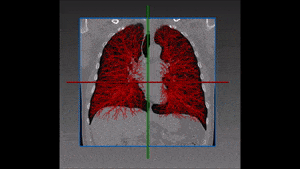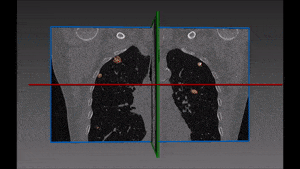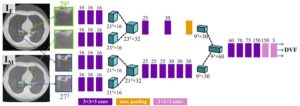Pulmonary embolism is a very dangerous condition, which happens when a clot of blood moves from somewhere (generally the legs) to the heart and then finds its way to the lungs. As blood vessels become finer and finer, at some point the clot gets stuck there and blocks the supply of blood, with all the dire consequences resulting from that.
Detecting the clot location is a challenging task, since the description of the pain by the patient is usually not enough precise to enable a clear-cut diagnosis. Often, the emergency room physician will send the patient to a CT scan of the lung, transferring the challenge to the radiologist. A trained radiologist will be able to detect the pulmonary embolism, but this manual process will generally take some time and it might also involve some mistakes.
Detecting Pulmonary Embolism with AI
AI technology can give a good solution to this problem, by providing an automated detection of this condition based on several indicators: first, a specific algorithm distinguishes veins from arteries and detects the interested blood vessel, which will always be a vein. In a further step, the algorithm needs to detect the location of the missing vein part that isn’t seen in the CT: in order words, it locates the vein’s part which is invisible in the scan, because the blood is blocked and cannot reach that area. In that case, we use our knowledge of the blood vessels tree structure to evaluate the different densities in the different parts of the lung and only then we will infer that there is one area where blood’s flow is nil or significantly limited. RSIP Vision’s rich experience teaches a combination of several steps is what leads to the right solution: first of all, detection of the blood vessels, then detection of the missing part and segmentation of the lungs; we recommend that some of these tasks parts be performed with Deep Learning algorithms, while other tasks can be done using algorithms taken from graph theory and optimization techniques.



 Pulmonology
Pulmonology




